Have you ever smelled something and felt transported back in time? Whether a whiff of warm chocolate chip cookies reminded you of baking with a loved one or the scent of fresh snow made you recall holiday memories, scent can be deeply connected to memory. Smell is a powerful sense, and there’s a science behind why. Let’s take a look at how scents affect the human brain and the science behind aromatherapy!
What is aromatherapy?
Aromatherapy is a holistic modality that uses the complex aromatic compounds of natural plant extracts to support health and promote well-being. Aromatherapy uses aromatic essential oils and is believed in some cultures to support the health of the body, mind, and spirit.
How does aromatherapy affect the brain?
Let’s take a step into our lab to dive into the science behind aromatherapy. Get out your white coat and safety goggles! Today we’re learning about olfaction—the scientific word for our sense of smell. Because of how our brains are arranged, this sense is most closely tied to our emotions and memories.
When you inhale an aroma, scent molecules interact with the lining of the nose. This tells the neurons there to generate a message for the olfactory bulb, which processes the signal and sends information about the smell to the limbic system—the centre of emotion and memory. Interestingly, our other senses do not pass through these same systems. That’s probably why smell can be so powerful! Depending on the information our brain gets from our noses, the scent can activate the immune system, change blood pressure, affect digestion, trigger memories, evoke emotions, and kick off a host of other physiological responses.
What are the psychological effects of aromatherapy?
Simply stated, when a smell arrives at the limbic system, the brain releases unique neurochemicals, triggering a variety of reactions. This is because the limbic system’s structures can affect mood, memory, cognition, behavior, and emotion. Let’s explore some of those structures:
You’ve probably heard the word amygdala before, but do you remember what it is? Found in the brain’s complex limbic system, the amygdala is an almond-shaped mass that deals with emotional responses, especially negative ones like fear and disgust. Think of it as a lighthouse keeper that’s sending out warnings when dangerous situations arise. It also helps secrete hormones and regulate memories.
Another key part of the limbic system is called the hippocampus. This tiny nub is like the librarian of our brain. It indexes, files, and retrieves our memories (probably while wearing a tiny sweater vest!). It also helps to form long- and short-term memories.
The hypothalamus is another helpful figure in our limbic system. This part of our brain is the engineer that keeps many of our systems running. Body temperature? The hypothalamus is on it! Sleep regulation? It’s got your back. Metabolism, adrenaline, and hormones are also part of its job description. It’s an important emotional centre, controlling the molecules that make you feel exhilarated, angry, or unhappy. Some even consider this little guy the epicentre of the mind/body connection!
Imagine all those powerful parts of the brain working together to process a scent—maybe it’s freshly baked bread or newly cut grass. This is why smell can trigger long-forgotten experiences in an instant. In fact, several studies have shown that smells trigger more intense and vivid emotional memories than pictures. This is why the science behind aromatherapy is so powerful: Our brains are doing a million complex, powerful, amazing things with scent every day!
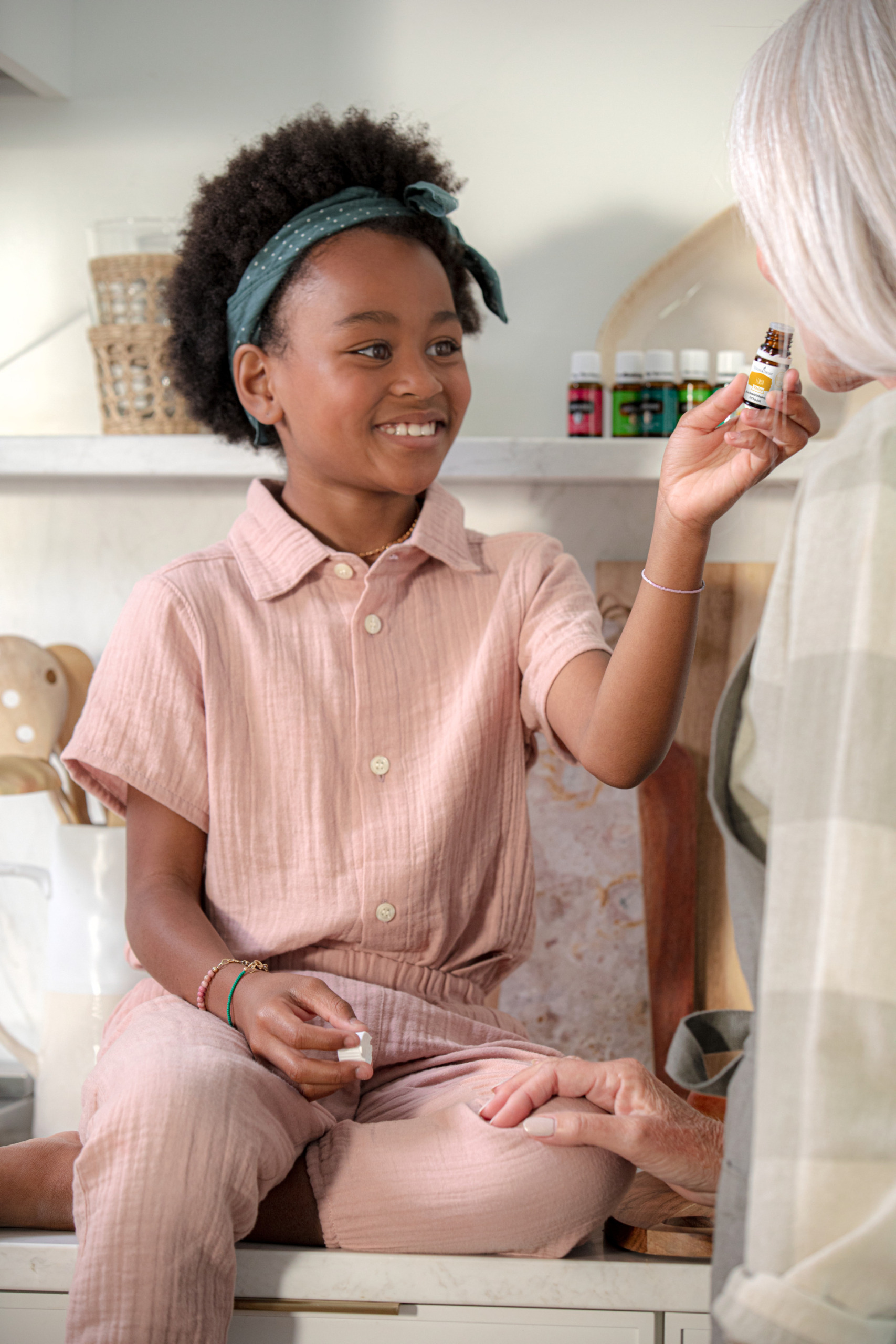
How to use essential oils for aromatherapy
That’s it for science class for today. Don’t worry if you lost the flash cards because the key takeaway is simple: Scent is powerful! It affects the limbic system of the brain in all types of ways. Mood, memory, cognition, emotion, and behaviour are all affected. That’s all the aromatherapy science we really need to get started.
So which scent do you want to start with? Earthy oils, woodsy oils, fruity oils, minty oils, floral oils—we’ve got it all! There are also spicy oils, citrusy oils, resinous oils, camphoraceous oils, and herbaceous oils. Because we all have different emotions and memories, each of these oils will have a slightly different effect for each person. However, each of these scent types generally offers the following benefits and influences:
- Earthy oils are often considered grounding, stabilizing, calming, and sustaining. Vetiver is an earthy oil, and it’s commonly diffused at bedtime to fill a room with a restful scent.
- Woodsy oils have scents that are often thought to have qualities that are centring, steadying, strengthening, and empowering. Northern Lights Black Spruce is a great example of a woodsy oil that’s popular to use during a meditation session.
- The scents of fruity oils are often described as reviving, mellowing, harmonizing, and cheering. Essential oils and blends like Citrus Fresh™, Lime, and Orange are fun to diffuse after a long day of work to make your space more welcoming.
- Minty oils have aromas that are stimulating, energizing, enlivening, and vitalizing. Minty oils are popularly used to apply topically when you are putting pen to paper, brush to canvas, or undertaking any other bold, creative project. Spearmint is one of our favourites!
- Floral oils like Neroli and Ylang Ylang have delicate fragrances that are relaxing, sensual, nurturing, and uplifting. They are so sweet-smelling that they are often used as the top note of high-end fragrances.
- Spicy essential oils like Cinnamon Bark have scents that are invigorating, warming, comforting, and motivating. Because their aromas are reminiscent of favourite holiday treats, these oils are popular during the cold months. These beloved oils are some of the most common to set off happy, cozy memories.
- Resinous oils have aromas with qualities that are settling, quieting, consoling, and meditative. Myrrh and Copaiba are resinous oils. These types of oils are popular to use during an invigorating yoga practice.
- Camphoraceous oils have scents that are stimulating, revitalizing, and renewing. Sage and Eucalyptus are examples of this type of oil. These oils are used aromatically to brighten up a space and create the sensation of deeper breathing.
- Lastly, herbaceous oils like Basil, Lavender, and Rosemary have crisp scents that are clarifying, pacifying, regulating, and balancing. These oils can captivate the senses and are excellent companions for diffuser blends.
How can I do aromatherapy at home?
Now that you know the science behind aromatherapy, ask yourself what oil you need today. Maybe you’re looking for a little bit of Lavender during bedtime. Perhaps you want to deepen your yoga practice with a drop of Frankincense on your wrists. Getting ready to take the stage? A bracing breath of Peppermint will invigorate you. Or maybe you want to try something new! Take a moment to look at your oils and find one you don’t use very often. Let yourself be open to whichever oil seems to be calling you at the moment.
For a simple moment of aromatherapy in your day, simply inhale the scent you’ve chosen and focus on your breathing. Let the scent surround you so you can enjoy it to the fullest!
For an experience that lasts all day, add your essential oil of choice to a diffuser, following usage directions, and let the aroma fill your space.
Looking for something more mindful? You can combine 3–12 drops of your favorite oils in a bowl of steaming warm water. Lean over the bowl, drape a towel over your head, and deeply inhale the steam. Remember to take a break if you are overheating!
*This post was co-written with Ed Dailey RN, RN Patient Advocate, E-500 RYT has been a nurse, yoga teacher, public speaker, author, and educator for more than 26 years. His broad nursing background includes post-surgical care, home care, psychiatry, oncology, integrative medicine, and the operating room. Ed has always been passionate about the delivery of healthcare that comes from his own daily self-care. He is a graduate and former faculty member of the Urban Zen Integrative Therapy Program that was inspired by Donna Karan, Rodney Yee, and Colleen Yee. Ed has been on the frontline in changing the delivery of health care by implementing two integrative therapy programs at UConn Health Center and Sacred Heart Hospital in Destin, Florida. Ed has been a public educator for Young Living Essential Oils since 2011 and is now working for Young Living full-time as the Director of Holistic Development. He has been active in helping to develop new programs and education that inspire Young Living members all over the globe. He currently lives in Sarasota Florida and TN with his wife Jena and their three sons.
This post is also available in: French

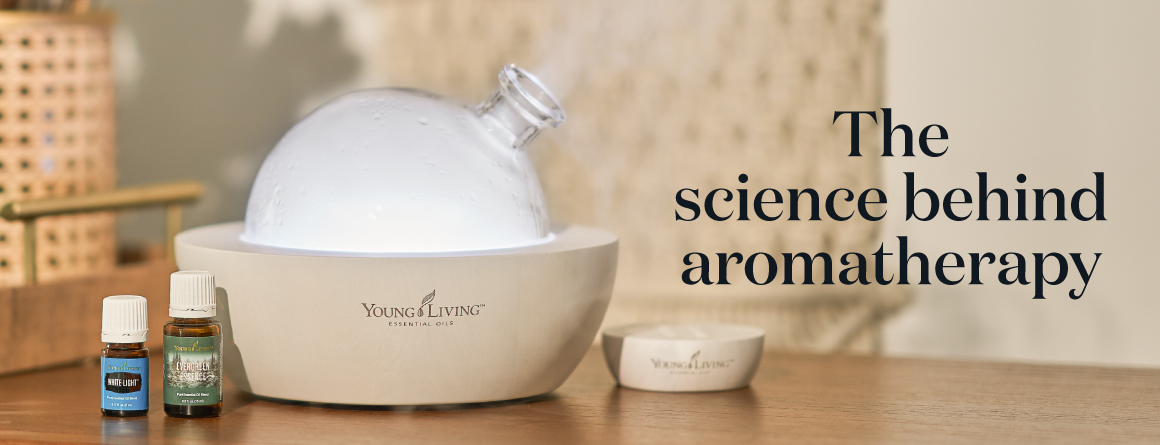
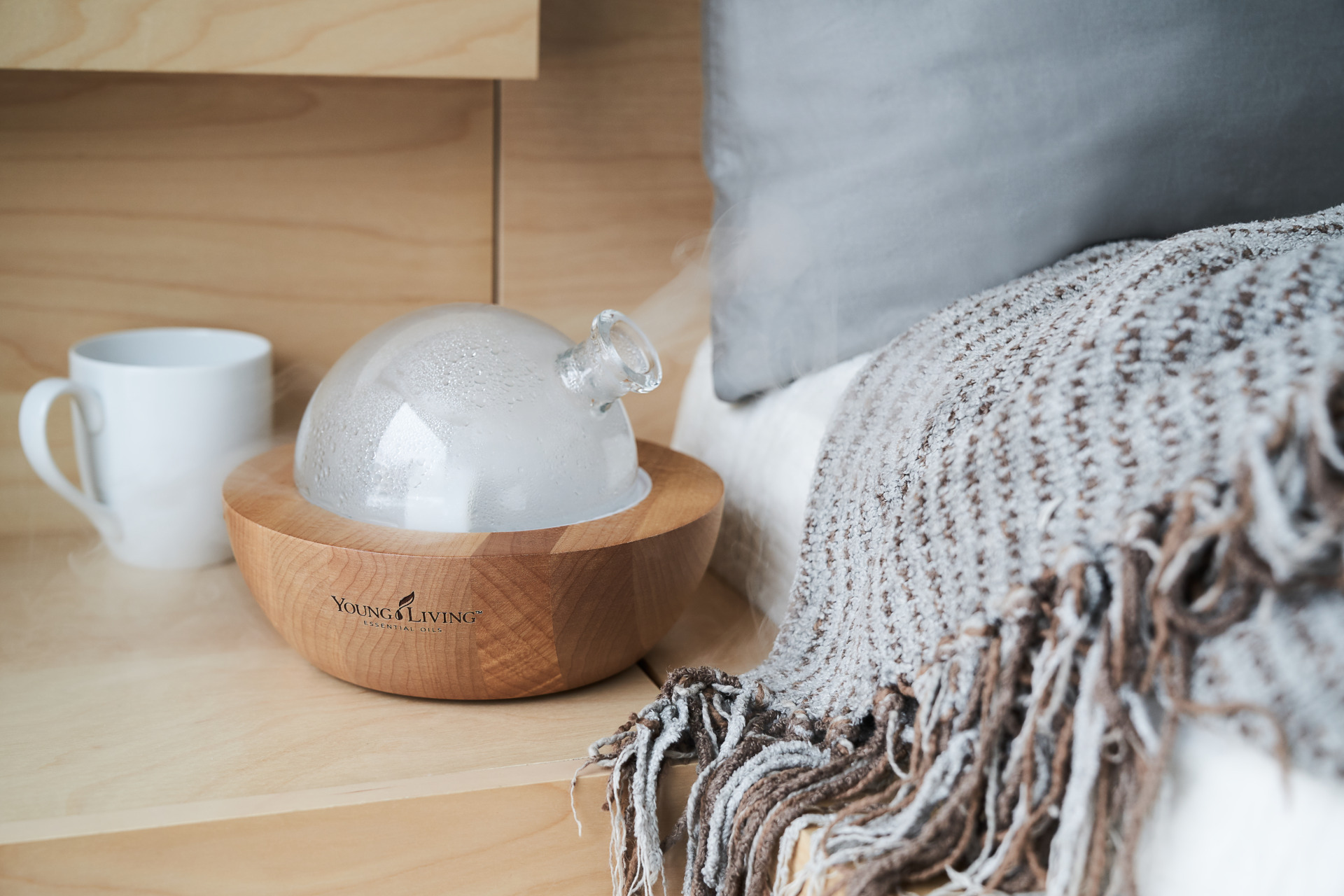
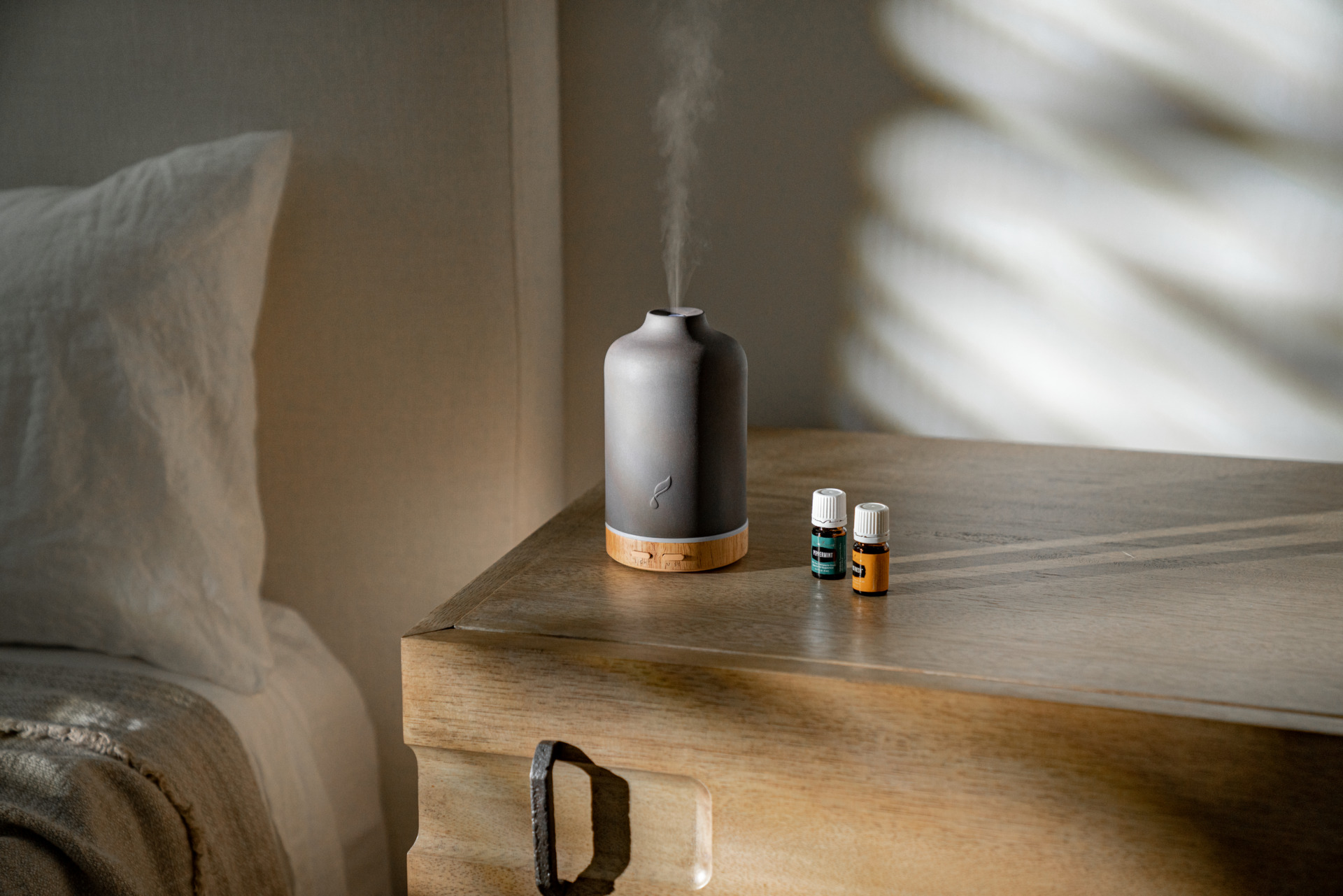
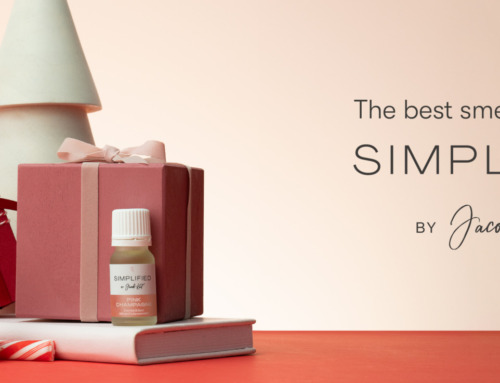
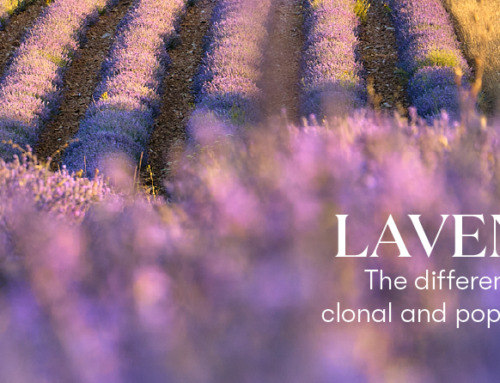
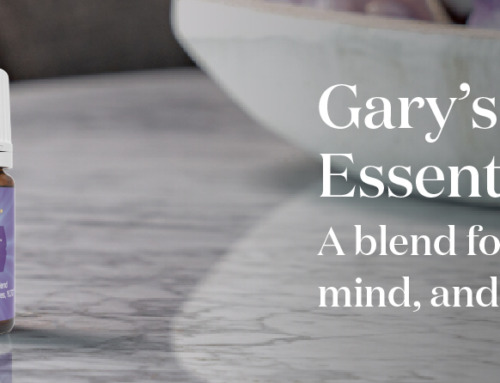
Leave A Comment